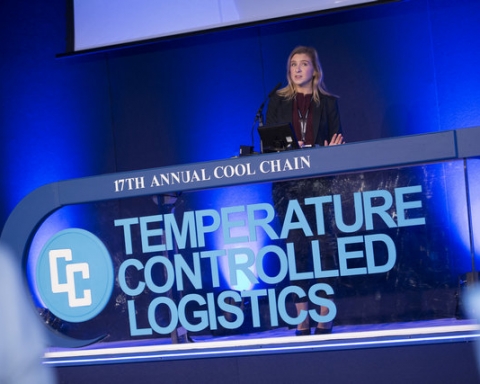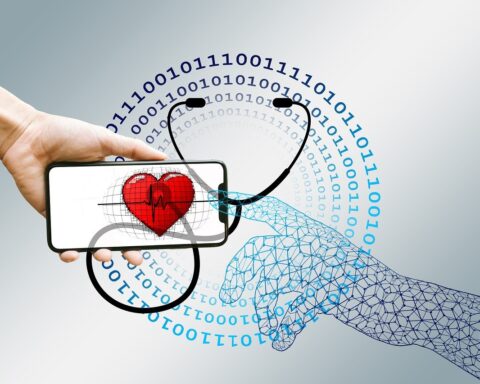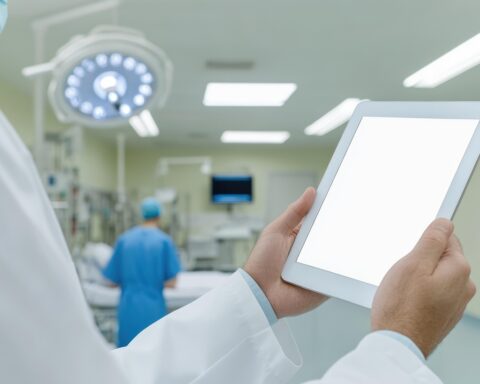It’s possible that the regulations will suppress technology uptake in some of the activities, but we are here to tell you three ways in which regs are accelerating technology transformation.
The medical and the pharmaceutical devices manufacturers have to deal with different challenges, and the biggest one is compliance. Ever since the year 2013, the European Commission’s introduction of Good Distribution Practice rules, companies have focused on prioritizing compliance in order to meet the health care standards. This means that companies now must ensure that they have temperature control shipment for a lot of more product than before, including biotechnological products and specialty drugs.
Technology has a very important role to play in this case. It’s true; regulations have a tendency to suppress technology uptake in many of the healthcare activities. Let’s take a clear example – we know that it will still take some time for the industry rules to allow, for example, 3D printing of the skin and body parts by using biological matter. They are actually speeding technology adoption in logistics supply chain and transportation. Find out more about Healthcare Logistics Management here.
We’ve written this article to show you three ways in which regulations are accelerating technology transformation in the industry.
Tracking in real time
As we said earlier, doctors and health care organizations have to meet the requirements, so they are deploying high-tech solution that can monitor and maintain the cold chain for those highly sensitive products, while they’re on the journey to the warehouses and distribution centers or everything to the patients and doctors, be them on a flight, on a ship or on the road or even on rail transportation. All of these parts of the journey need artificial intelligence and sensors.
To be able to be in control of a temperature-measured supply chain properly, your provider from the logistics service has to be specialized in this expertise and has to be able to close a deal with the customer and also with all the other parties that are included in the team of the supply chain.
There are many factors that have an impact on the state of the goods, right from the moment it geta on its way from the manufacturing plant, until they get to their final destination. Let’s take a concrete case: with the slight change in the temperature between the moment they were first made, to the transfer and to the moment they get to their destination can have a dangerous impact on them and can lead to unforeseen, sometimes unavoidable delays.
Solutions for the risk management
Even more medicinal and even people that make medical devices choose to go for solutions for risk management that are based on technology. By having these, the people behind can assess the most dangerous and worst scenarios and any other unpredictable things, making sure that they have a contingency plan right there to help them in case something bad happens with the first plan. So if something does not go right with the first plan can be solved with a second one.
It’s true; some of the solutions for risk management can include unusual data analytics that define some risk levels that can take place in the factory so they optimize the decision-making processes about routes to go on, packages and even carriers.
Prediction capabilities and their need
Companies should be able to predict what the problems are but what are the things to are successful as well. The providers of logistics servers are able to generate data and can track it on any kind of parameter from the medical gadgets cold chain, such as CO2 levels, temperature, energy consumption, humidity, and even normal events, like a someone opening the door. Data is able to be shared on mobile devices, which means that the important processes can get monitored from anywhere around the world and it all happens in real time.
If they use rich analytic algorithms, healthcare companies and doctors can simply turn data into anticipating data, and they’re not only creating warnings, but they can also take action or recommend a plan of solving the certain issues. They also improve your storage space and hand-over processes, and they also prevent something that might get wrong with the cold chain before it actually takes place. This is also a way in which the companies can compete with each other.
This shows that the new technologies can’t just enable auditable obedience with the goals that need to be achieved, but they can also help doctors and healthcare organizations to make sure that the arrangement of logistics and the means of transportation are all ok with the objectives of the business. Effective analysis allows each and every company to come up with new ideas on how to grow their business by using the best methods of packaging and transporting the meds and the medical devices, all at once improving the inventory system and predicting the demand of the products, which means that they can get closer to both patients and other clients.
Digital transformation is a process that happens very fast in logistics, supply chain, and transportation. Healthcare companies and doctors themselves should find partners with the necessary infrastructure, experience, and knowledge to support them while these changes happen.








